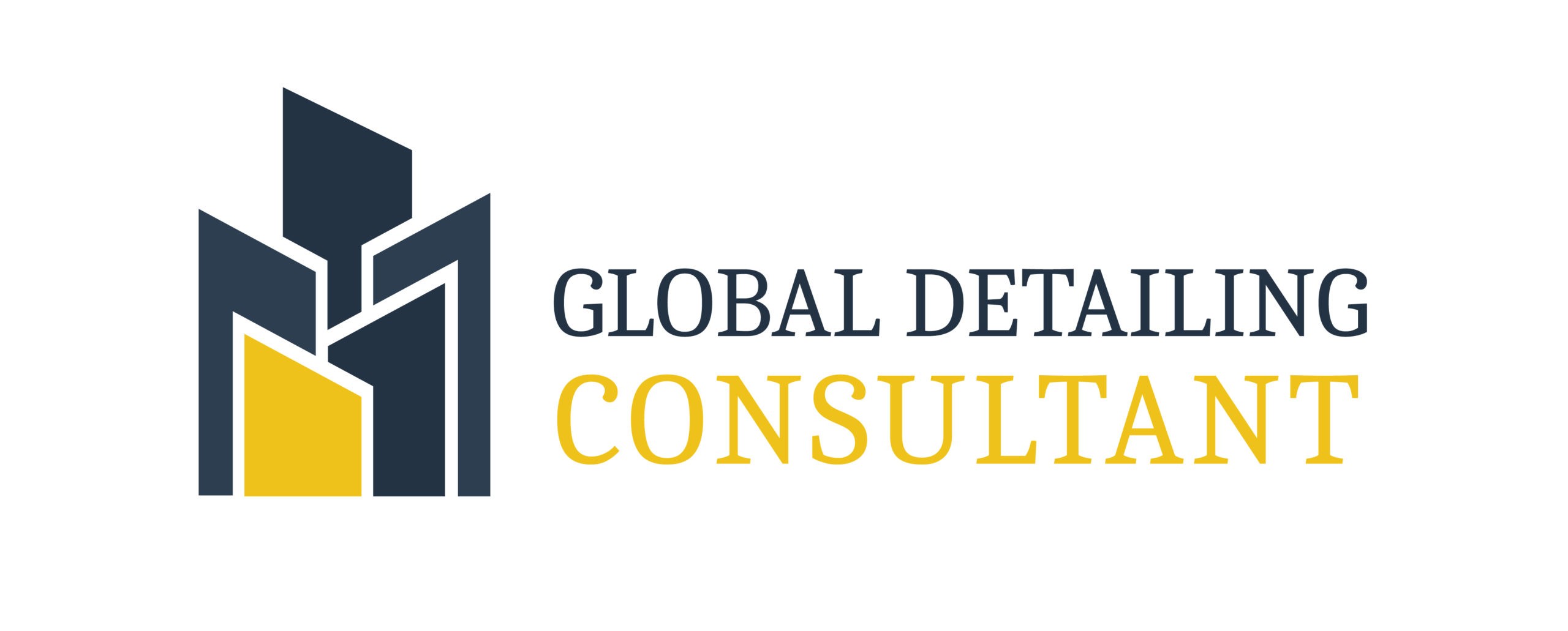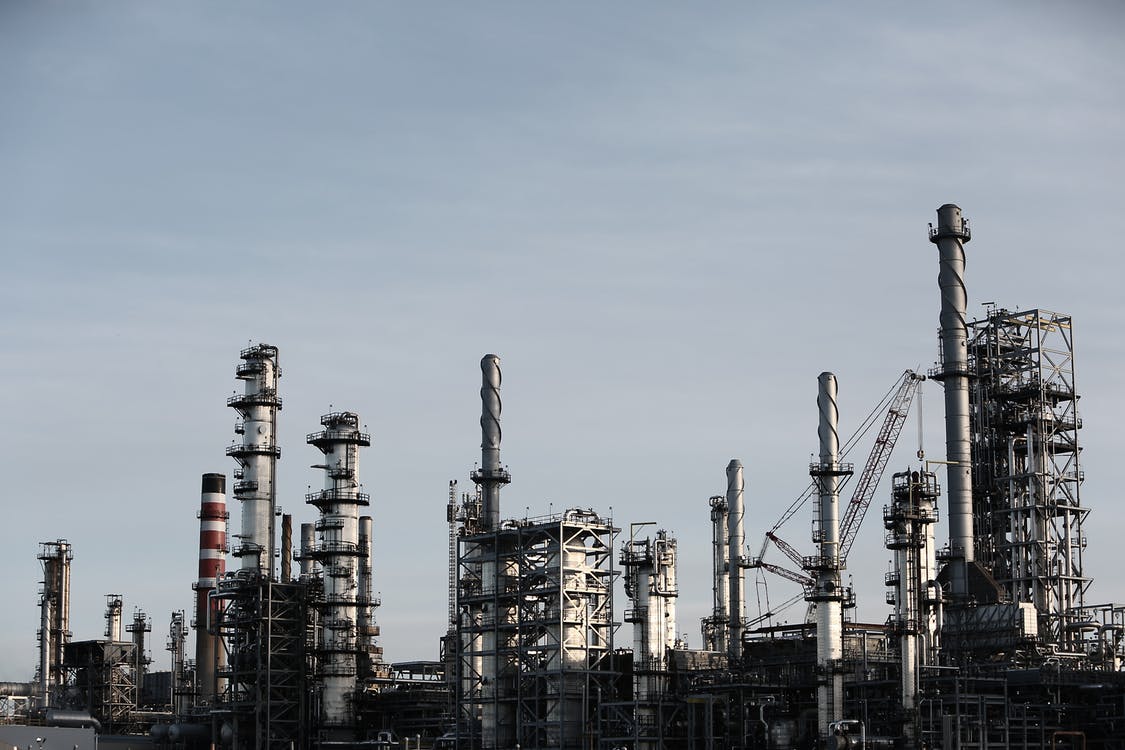Structural Design services and Detailing services for Industrial plants and commercial buildings, such as airports, petrochemical facilities, steel plants, and power plants, require specialized design considerations due to their unique requirements and operational needs.
When it comes to industrial plants and commercial buildings with specialized requirements, there’s no room for compromise. These facilities play a crucial role in our infrastructure, and their design needs to meet the highest standards. From airports bustling with activity to petrochemical facilities handling hazardous materials, each of these structures requires careful planning and attention to detail. With their unique operational needs, the design must optimize efficiency while ensuring safety and reliability. Take steel plants as an example. These complex facilities demand a comprehensive understanding of the production process and material handling systems. The design should facilitate smooth operations while considering factors like heavy machinery placement, ventilation requirements, energy efficiency measures, and waste management solutions. Power plants are yet another prime example. Whether it’s a nuclear facility or a renewable energy plant, their designs must prioritize safety protocols, efficient power generation capabilities, as well as proper waste disposal mechanisms.
Considering both short-term demands and long-term sustainability is crucial in these power-intensive environments. Moreover, airports require meticulous planning to accommodate large volumes of passengers while maintaining strict security measures. Factors such as terminal layout optimization for seamless passenger flow or runway positioning for efficient aircraft movement all contribute to creating an exceptional airport experience.
In all cases mentioned above—and many more—it’s essential that designers work closely with industry experts who understand the unique challenges faced by these industrial plants and commercial buildings. By integrating cutting-edge technologies and innovative solutions into the design process, we can ensure that these structures not only meet operational needs but also adhere to regulatory requirements.
So whether you’re looking for an architectural firm specializing in this sector or seeking assistance from experienced engineers who understand your industry-specific concerns thoroughly—rest assured that there are professionals out there who can help you achieve your goals efficiently! When it comes to designing industrial plants and commercial buildings with distinctive requirements—expertise matters.
Here are some key aspects to consider when designing and constructing these types of structures:
Functional Layout: The layout of industrial plants and commercial buildings should be carefully planned to optimize the flow of operations and efficiency. Factors such as access points, material handling, equipment placement, and process flow should be taken into account to ensure smooth operations and effective utilization of space. When it comes to the layout of industrial plants and commercial buildings, careful planning is indeed paramount. Optimizing the flow of operations and efficiency can have a significant impact on productivity and ultimately, the success of a business.
One crucial factor to consider is access points. Ensuring that there are convenient entry and exit points for both personnel and vehicles can help streamline operations by reducing congestion and increasing accessibility. This allows for seamless movement of materials, goods, and people throughout the facility. Another important aspect is material handling. Efficient placement of storage areas, loading docks, and conveyors can greatly enhance productivity by minimizing transportation time between different workstations or departments. By strategically positioning these elements within the layout, businesses can optimize their material flow and reduce unnecessary movements. Equipment placement is another critical consideration when designing an industrial plant or commercial building layout. Placing machinery in close proximity to their corresponding workstations or assembly lines reduces downtime caused by excessive travel time for operators or workers. Moreover, careful consideration should be given to ergonomics to ensure that equipment is positioned in a way that minimizes strain on workers’ bodies. Process flow also plays a vital role in optimizing operations within a facility. By analyzing workflow patterns, businesses can identify potential bottlenecks or inefficiencies in their processes. With this knowledge, they can then design layouts that facilitate smooth transitions between different stages of production or service delivery. Lastly but importantly, effective utilization of space should be prioritized during the layout planning phase. By carefully organizing work areas based on their respective functions and considering future expansion needs if applicable – businesses can make optimal use of available space while allowing room for growth. In conclusion, when planning the layout for industrial plants and commercial buildings it’s essential to take into account various factors such as access points, material handling considerations including equipment placement as well as process flow analysis while maximizing space utilization opportunities – all with an aim towards enhancing efficiency levels throughout operations.
Structural Design: The structural design of these facilities is crucial to support heavy loads, withstand dynamic forces, and ensure safety. The design should consider factors such as seismic activity, wind loads, and equipment loads. Structural materials, such as reinforced concrete or steel, should be selected based on durability, strength, and corrosion resistance. When it comes to the structural design of facilities, there’s no room for compromise. It is indeed crucial to ensure that they can support heavy loads, withstand dynamic forces, and above all, guarantee the safety of everyone involved. One key aspect that should never be overlooked is the consideration of various external factors. Seismic activity, wind loads, and equipment loads must all be taken into account during the design process. These factors can greatly impact the stability and longevity of a structure. Choosing the right materials is equally important. Structural materials like reinforced concrete or steel are popular choices due to their exceptional durability, strength, and resistance against corrosion. The selection should be made carefully after evaluating the specific needs and requirements of each project. By prioritizing these factors in your facility’s structural design, you’ll not only create a long-lasting structure but also provide peace of mind knowing that it can withstand whatever challenges may come its way.
Specialized Systems: Industrial plants and commercial buildings often require specialized systems to support their operations. This may include HVAC systems, fire protection systems, electrical systems, plumbing, and process-specific systems. These systems should be designed to meet industry standards, ensure safety, and provide efficient and reliable operation.
At our company, we understand the importance of specialized systems in industrial plants and commercial buildings. We recognize that these systems are crucial for the smooth operation and success of your business. That’s why we offer comprehensive solutions tailored to meet your specific needs. Our team of experts excels in designing, installing, and maintaining a wide range of systems, including HVAC, fire protection, electrical, plumbing, and process-specific systems.
We prioritize industry standards to ensure compliance with regulations and safety protocols. When it comes to designing these systems, we take into account every aspect of your facility’s requirements. Our goal is not only to provide efficient and reliable operation but also to optimize energy usage while minimizing environmental impact.
We pride ourselves on delivering top-notch service backed by years of experience in the field. Our technicians are highly trained professionals who stay updated with the latest advancements in technology. Whether you need a new system installation or an upgrade to your existing infrastructure, our team will work closely with you from start to finish. We believe in open communication throughout the entire process so that all your concerns are addressed promptly. By choosing our services, you can rest assured that you’ll receive cost-effective solutions without compromising on quality or safety standards.
We understand that downtime can be costly for businesses; therefore, we strive to complete projects efficiently while maintaining attention to detail. So if you’re looking for a reliable partner who understands the unique requirements of industrial plants and commercial buildings’ specialized systems – look no further! Contact us today for a consultation and let us help optimize your operations with our expertise and dedication.
Safety and Security: Safety is paramount in industrial plants and commercial buildings. Design considerations should include fire safety measures, emergency exits, evacuation plans, and hazardous materials handling. Security measures, such as access control systems and surveillance, should also be integrated into the design to protect personnel and assets.
Environmental Considerations: Sustainable design principles should be incorporated into the planning and construction of these facilities. This may include energy-efficient systems, waste management strategies, water conservation measures, and the use of environmentally friendly materials. Compliance with environmental regulations and standards is essential.
Maintenance and Upkeep: Industrial plants and commercial buildings require regular maintenance to ensure optimal performance and longevity. Design considerations should include easy access for maintenance, durable and easily replaceable components, and appropriate drainage systems to prevent corrosion and damage.
Compliance with Regulations: Industrial plants and commercial buildings are subject to various regulations, codes, and standards. Compliance with local, national, and international regulations is essential to ensure the safety of personnel, protect the environment, and meet industry-specific requirements.


One thought on “Structural Design & Detailing Industrial Plants and Commercial Buildings”